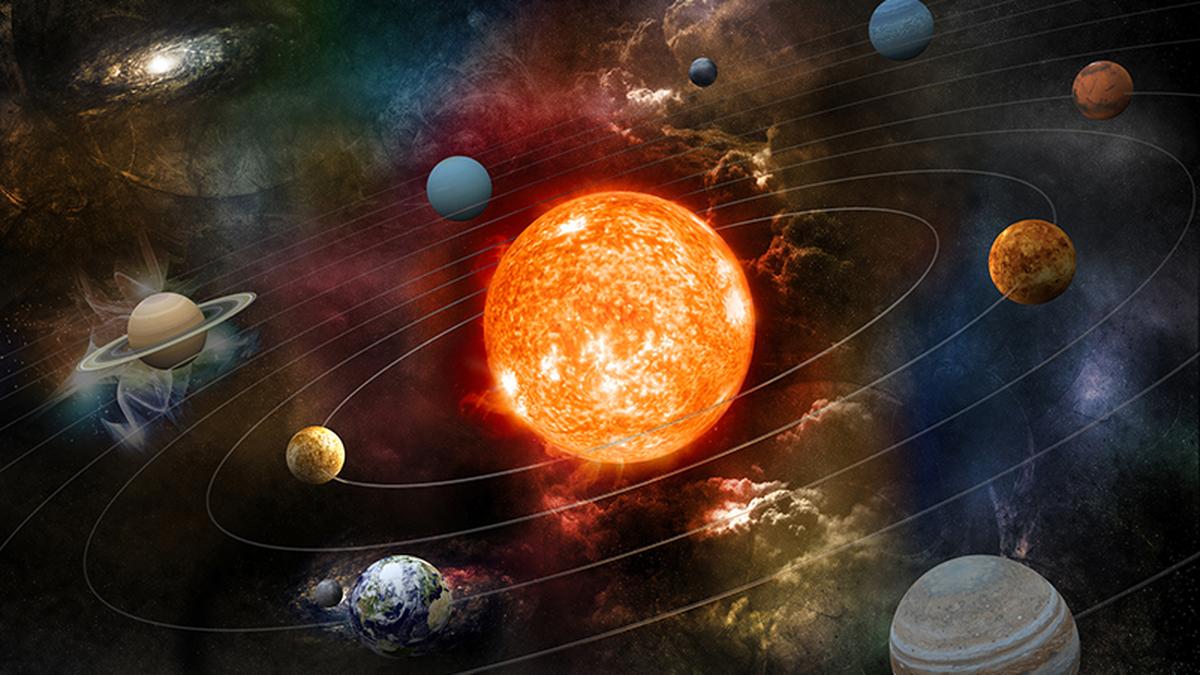PHOTO: adventtr/Getty Images
What is it?
What exactly is a Milankovitch Cycle? Let’s answer this question with another one. What causes climate change? Many known causes are man-made, like the excess burning of fossil fuels, which has led to the high generation of greenhouse gases, emissions made by vehicles and factories, deforestation, etc. Now, these are caused by the population. But what of the natural causes? Well, simply put, Milankovitch Cycles are one of the few natural causes wherein alterations in the Earth’s orbit around the sun, as well as its angle and axis, can lead to long-term effects on the planet’s climate. The change in its orbit around the sun affects the distribution of sunlight, therefore, the solar energy for Earth to absorb. In the 1920s, it was defined and analysed by Serbian astronomer Milutin Milankovitch. In his explanation and analysis, he centred the sun as the solar system’s only source of heat and light, and how the three cyclical movements of the Earth: its orbit, axis, and precision, can lead to a change in the solar irradiance (The power a planet receives from the sun per unit area)
Creator of climatic ages
Milutin Milankovitch also believed that the collective effects of the change in the Earth’s orbit and position act as the driving force for the planet’s long-term climate. What period in history can you think of that perfectly represents a prolonged climatic condition, whether it be an increase or decrease in temperature? I’ll give you a hint: there is a movie series with the answer as its main title. It follows the story of the adventures and exploits of a woolly mammoth named Manny, Diego the sabertooth tiger, and Sid the sloth. That’s right! It’s the ice age! Basically, Milankovitch stated that the orbital position of the Earth is responsible for triggering the start of the ice age. The astronomer also calculated that ice ages occur in cycles approximately every 41,000 years. But there was a confusion further discussed, as 8,00,000 years ago, the cycle time increased to 1,00,000 years. There is no clear answer discovered as of yet regarding this transition.
Orbit, axis, and precision
There are three main elements that compose the Milankovitch cycle. These include the eccentricity, which is the change in the shape of the Earth’s orbit, or its deviation (changing course or direction) from the curve. Eccentricity is what causes the varying lengths of seasons in some places (like long summers and short winters). Then, there’s the obliquity, which involves the changes in the planet’s axis that tilt according to its orbital plane (an invisible flat surface that an object follows as it orbits something). Obliquity is the very reason why our planet has seasons. The greater the axial tilt, the more intense the seasons get. Finally, there’s precession, which is defined as the wobbling of the Earth as it rotates on its axis, which is caused by gravitational forces brought in by the sun and moon. Think of it as a spinning top that is slightly off balance. It affects the intensity of seasonal variations that differ across the world.
Published – October 07, 2025 05:41 pm IST
